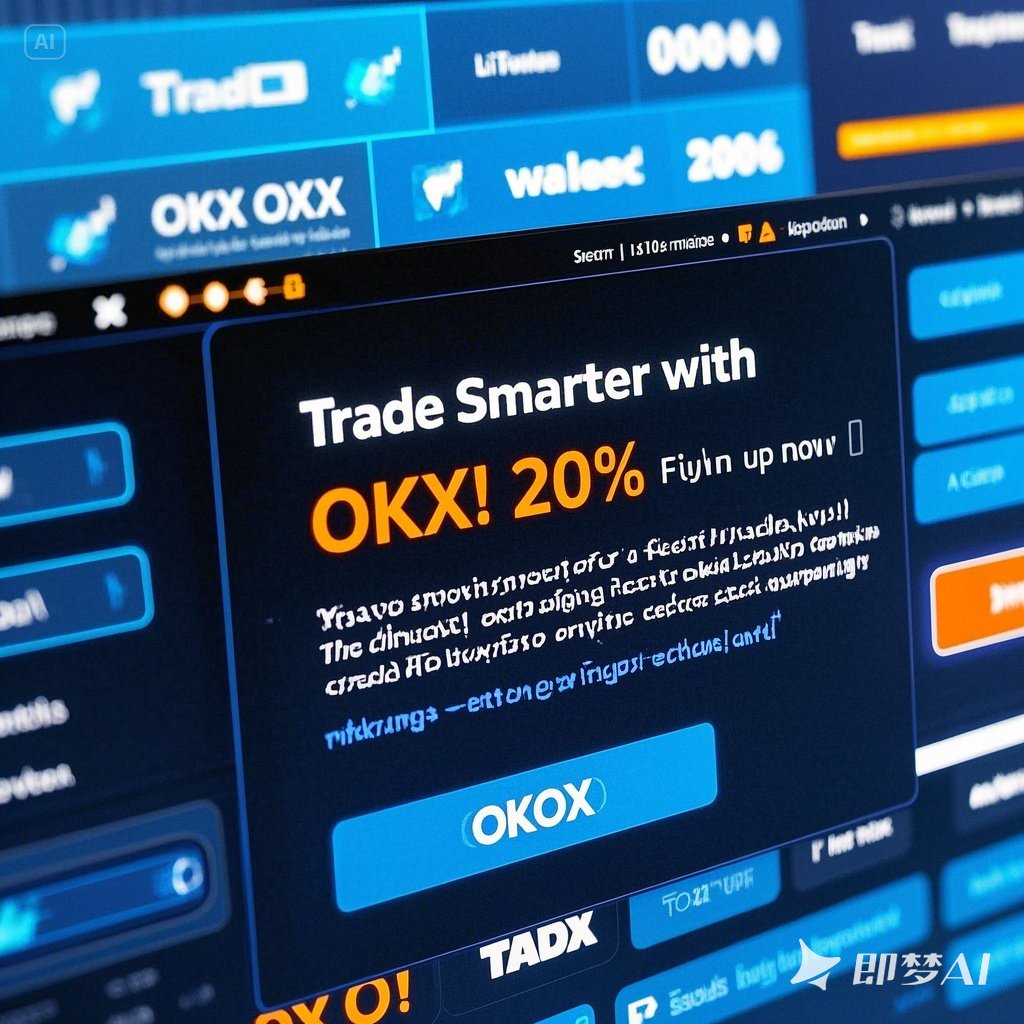China Services PMI Growth vs Manufacturing Slump: Key Economic Signals for Trade and Stimulus Decisions Under Xi’s Leadership
Don’t just sign up — trade smarter and save 20% with referral codes: Binance WZ9KD49N / OKX 26021839
Services Purchasing Managers’ Index (PMI)
Understanding the Services Purchasing Managers’ Index (PMI)< < < <
China’s Role in Global Trade
China has long been one of the most significant players in global trade, with its economic policies and trade practices influencing markets worldwide. The country’s emergence as an economic powerhouse can be traced back to the late 20th century when it embraced market-oriented reforms under the leadership of Deng Xiaoping. These reforms opened up China’s economy to foreign investment and international trade, setting the stage for its rapid growth.
Today, China is the world’s largest exporter and second-largest importer, making it a central node in global supply chains. Its manufacturing sector, particularly in electronics, textiles, and machinery, dominates global production. Chinese goods are ubiquitous across continents, from smartphones and clothing to automotive parts and consumer electronics. This dominance is largely due to China’s vast labor pool, low production costs, and sophisticated infrastructure that supports large-scale manufacturing.
China’s Belt and Road Initiative (BRI) further underscores its pivotal role in global trade. Launched in 2013, the BRI aims to connect Asia, Africa, and Europe through a network of roads, railways, ports, and other infrastructure projects. By facilitating trade routes and fostering economic ties, the initiative seeks to deepen China’s influence while boosting its export markets. While the initiative has sparked both enthusiasm and skepticism globally, it remains a testament to China’s ambition to reshape global trade dynamics.
In addition to its physical infrastructure investments, China is also reshaping digital trade. As home to tech giants like Alibaba and Tencent, the country is rapidly becoming a leader in e-commerce and fintech. Cross-border online shopping platforms have made Chinese products more accessible than ever before, while innovations such as mobile payment systems and blockchain technology are redefining how transactions occur globally.
However, China’s rise in global trade has not been without challenges. Trade tensions with major economies, particularly the United States, have intensified over issues like intellectual property theft, industrial subsidies, and market access. Disputes have led to tariffs and retaliatory measures, impacting industries on both sides. Despite these headwinds, China continues to adapt, emphasizing domestic consumption and technological self-reliance as part of its “dual circulation” development strategy.
Looking ahead, China’s role in global trade will likely evolve further. With growing emphasis on sustainability and climate change, the country is investing heavily in renewable energy and green technologies. This shift could position China as a key player in sustainable trade practices, balancing economic growth with environmental responsibility.
In conclusion, China’s role in global trade is multifaceted, encompassing manufacturing, infrastructure development, digital innovation, and geopolitical influence. As the world navigates the complexities of globalization, understanding China’s strategies and priorities will remain crucial for businesses, policymakers, and investors alike.
Learn More: Explore World Bank resources for insights into China’s economic policies and their impact on global trade.














